Each year for the past six years, we’ve done a series called 30 Days, 30 Books, in which we will feature one Ohioana Book Award finalist a day. It has become very popular with readers, who tell us how much they look forward to it every spring.
So, to put a fitting epilogue to Ohioana’s 90th anniversary, we decided to expand on that idea: to select 90 books by Ohio authors that have been published since 1929 and put the spotlight on each one. Some of these books and their authors may be unfamiliar. Others may be among your favorites.
We won’t do a book a day, but rather present a number of books in a group by decades. Our first post will cover fifteen books, all of them published during our first three decades, from 1929 to 1959.
We hope you enjoy the series, and that it might add to your list of books to read over the holidays and in the coming year!
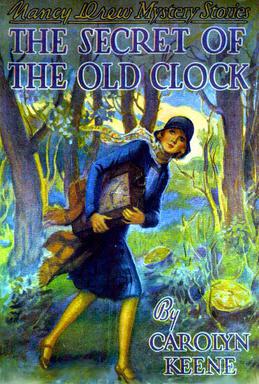
The Secret of the Old Clock, Carolyn Keene (Mildred Wirt Benson) – 1930
In April 1930, a new literary character appeared on the scene when 16-year old amateur sleuth Nancy Drew made her debut in The Secret of the Old Clock. The writer – “Carolyn Keene” was a pseudonym for the actual writer, Toledo’s Mildred Wirt Benson, who was only 24 years old herself. “Millie” Benson would go on to write 22 more Nancy Drew books in the iconic series, and many other works in a career that lasted until she died at the age of 96 in 2002.
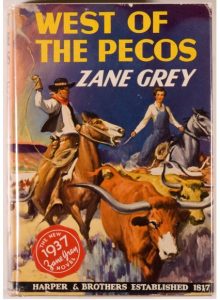
West of the Pecos, Zane Grey – 1931
Named for the Ohio city where he born (which was founded by his maternal grandfather), Zane Grey’s novels included 1912’s Riders of the Purple Sage, considered the greatest western of all time. Originally a dentist, Grey gave his practice up to concentrate on writing, and went on to produce more than 90 books, all westerns, including 1931’s West of the Pecos.
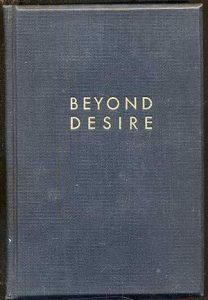
Beyond Desire, Sherwood Anderson – 1932
Camden, Ohio’s most famous son is best known for his hugely popular collection of short stories entitled Winesburg, Ohio (many say the fictional town actually IS Camden). But he did more than just short fiction – Anderson also wrote poems, plays, nonfiction, and novels, including 1932’s Beyond Desire. The Ohioana Library has a number of original letters from Anderson that are a treasured part of our collection.
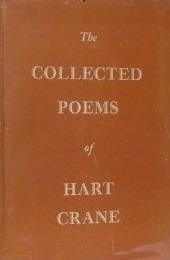
Collected Poems, Hart Crane – 1933
One of the most significant American poets of the 20th century, Hart Crane, born in the small town of Garrettsville, Ohio, was also a tortured and tragic figure. In April 1932, at the age of 32, Crane took his own life when he leaped from the deck of the steamship Orizaba into the Gulf of Mexico. His body was never found. A year later, Collected Poems was published. In the decades following his death, writers ranging from poet e.e. Cummings to playwright Tennessee Williams cited Crane as a major influence.
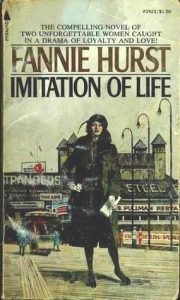
Imitation of Life, Fannie Hurst – 1933
In post-World War I, there was no more popular female author than Hamilton’s Fannie Hurst. During the 1920s, she was the highest-paid female author in the world. Hurst was an ardent supporter of many liberal causes, including feminism and African American equality. Her novels combined sentimental, romantic themes with social issues of the day, such as women’s rights and race relations. One of the most popular (and daring for its time) was 1933’s Imitation of Life, about the friendship between two women – one white and one black – as they struggle together to raise their daughters. Several of Hurst’s books – including Imitation of Life – were made into successful films.
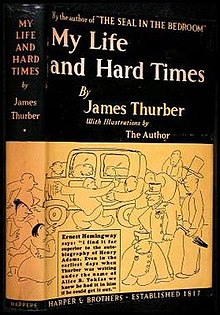
My Life and Hard Times, James Thurber – 1933
Only a month after Ohioana was founded, a startling new book made its debut with the outlandish title of Is Sex Necessary? The book (co-authored by E.B. White) introduced a nation of readers for the first time to a Columbus-born writer and cartoonist named James Thurber. Before then, Thurber was known mainly as a contributor to The New Yorker magazine. He became the quintessential American humorist of the 20th century, and his 1933 memoir, My Life and Hard Times is considered to be his best of his many works. Thurber had a long association with Ohioana, winning our Career Medal in 1953.
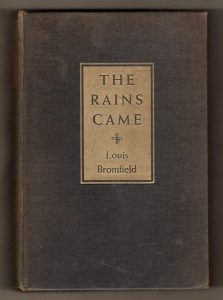
The Rains Came, Louis Bromfield – 1937
Although he is best-known today for his Malabar Farm in Richland County, for his innovations in soil conservation, and his nonfiction books on sustainable agriculture, Louis Bromfield was in his own time one of America’s most celebrated novelists. The Mansfield native won the Pulitzer Prize in fiction in 1927, when he was only 30 years old, for his third novel, Early Autumn. The Rains Came, published in 1937, was a sensational best-seller, and two years later was made into an Oscar-winning film. Like Thurber, Bromfield was a good friend to the Ohioana Library, serving as a judge for the very first Ohioana Awards in 1942 and himself receiving the Career Medal in 1946.
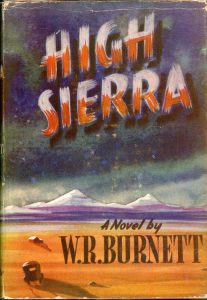
High Sierra, W.R. Burnett – 1940
Springfield-born author W.R. (which stood for William Riley) Burnett didn’t simply write in a genre – he created one. The gangster novel was born when Burnett produced his sensational Little Caesar in 1929, immortalized on screen a year later with tough guy Edward G. Robinson in the title role. Burnett did it again in 1940 with High Sierra, which made a star out of Humphrey Bogart when translated to the cinema the following year. Burnett would work in other genres as well (westerns and war stories, most notably the screenplay for the 1963 drama The Great Escape), but it is for his gangster novels and their film adaptations he remains best-known.
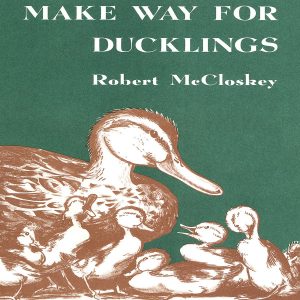
Make Way for Ducklings, Robert McCloskey – 1941
Few picture books for children are more beloved than Make Way for the Ducklings, the story of a mallard pair and their eight ducklings, set on an island in the Charles River in Boston. The author and illustrator was 27-year-old Robert McCloskey, a native of Hamilton, Ohio. McCloskey was awarded the prestigious Caldecott Medal for Ducklings and would win it a second time in 1958 for Time of Wonder, one of the nine picture books he both wrote and illustrated. In 2000, the Library of Congress named McCloskey a “Living Legend” for his contributions to children’s literature.
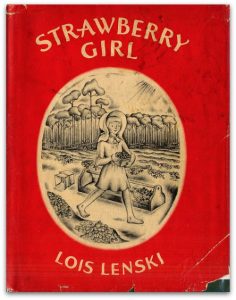
Strawberry Girl, Lois Lenski – 1945
Lois Lenski, born in Springfield in 1893, would produce nearly 100 books for children as an author and illustrator between 1927 and her death in 1974. Among her best-known works are the illustrations for 1930’s The Little Engine That Could and a series of historical novels. Her three-part “regional series,” set in the South, was designed to give children “looks at vivid, sympathetic pictures of the real life of different kinds of Americans.” Strawberry Girl, the second book in the series, and the most popular, won both the Newbery Medal and the Ohioana Book Award.
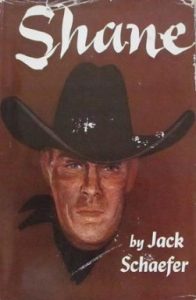
Shane, Jack Schaefer – 1949
Born in Cleveland in 1907 and a graduate of Oberlin College, Jack Schaefer was a journalist and editor who had never been further west than Chicago when in 1946 he produced a three-part story for Argosy magazine entitled “Man from Nowhere.” The story was a hit with readers, so Schaefer decided to expand it into a full-blown novel. The result was 1949’s Shane, which became a huge best-seller. The film version, starring Alan Ladd in the iconic title role, was released in 1953. Today both the film – and Schaefer’s original novel – are considered by critics as among the greatest westerns. Schaefer would go on to write more western novels, including one for children, Old Ramon, which won an Ohioana Book Award and was a Newbery Honor title.
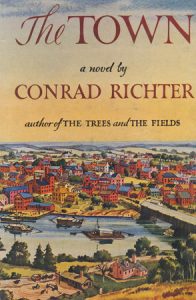
The Town, Conrad Richter – 1950
Although he was born (1890) and died (1968) in Pennsylvania, Conrad Richter spent a good part of his twenties in Cleveland, working as the private secretary to a wealthy industrialist. He was also writing and selling short stories during this time, and he became fascinated with the Ohio frontier. Ultimately it led to The Awakening Land trilogy, a pioneer saga set in the Ohio Valley. The third and final book, The Town, won Richter the Pulitzer Prize in fiction. Ohioana would honor Richter in 1967, when The Awakening Land was published for the first time as a single novel.
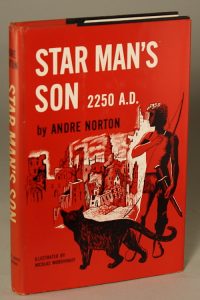
Star Man’s Son, 2050 A.D., Andre Norton – 1951
Her real name was Alice Mary Norton. But when the Cleveland native began writing and publishing science fiction in the 1930s, she adapted Andre as her first name (she also wrote under two other masculine names: Andrew North and Allen Weston). She became one of the most prolific sci-fi/fantasy authors of her time, producing her last original book in 2005, just before she died at age 93. She was the first woman to be inducted into the Science Fiction and Fantasy Hall of Fame, which two years after her death created the Andre Norton Award, given for an outstanding work of science fiction or fantasy for young adults.
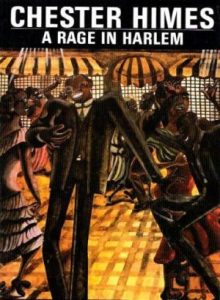
A Rage in Harlem, Chester Himes – 1957
Born in Missouri and raised in Cleveland, Chester Himes’ writing career began in an unusual place – the Ohio Penitentiary, where in the early 1928 he was sentenced to a 20-25 year sentence for armed robbery. In prison, he began writing stories, partly as he said to gain respect from guards and also to avoid violence. By the mid-1930s, his stories were finding their way into print in national magazines. Released from prison, he turned full-time to writing, producing a number of novels in the 1940s. But it wasn’t until he moved to Paris in the mid-1950s that he achieved critical acclaim and popular success with his popular “Harlem Detective” series of novels, of which 1957’s A Rage in Harlem was the first.
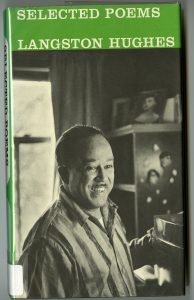
Selected Poems, Langston Hughes – 1958
Acknowledged as “The Poet of the Harlem Renaissance,” Langston Hughes, like Chester Himes (whose work he encouraged while Himes was still in prison), was born in Missouri and grew up in Cleveland, where his first writing appeared while a student at Central High School. His debut collection of poetry, The Weary Blues, with his celebrated “The Negro Speaks of Rivers,” made him one of the leading African American literary figures of his time. Before his death in 1967 at the age of 65, Hughes’ astounding output would include not only poems but novels, short stories, plays, nonfiction books, an opera libretto, and books for children. Selected Poems, published in 1958, is a collection spanning the first 30 years of his career.
